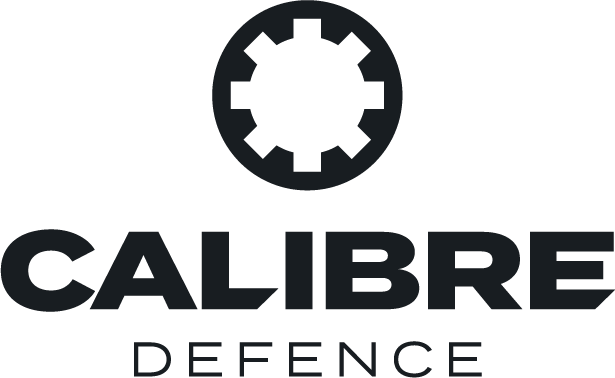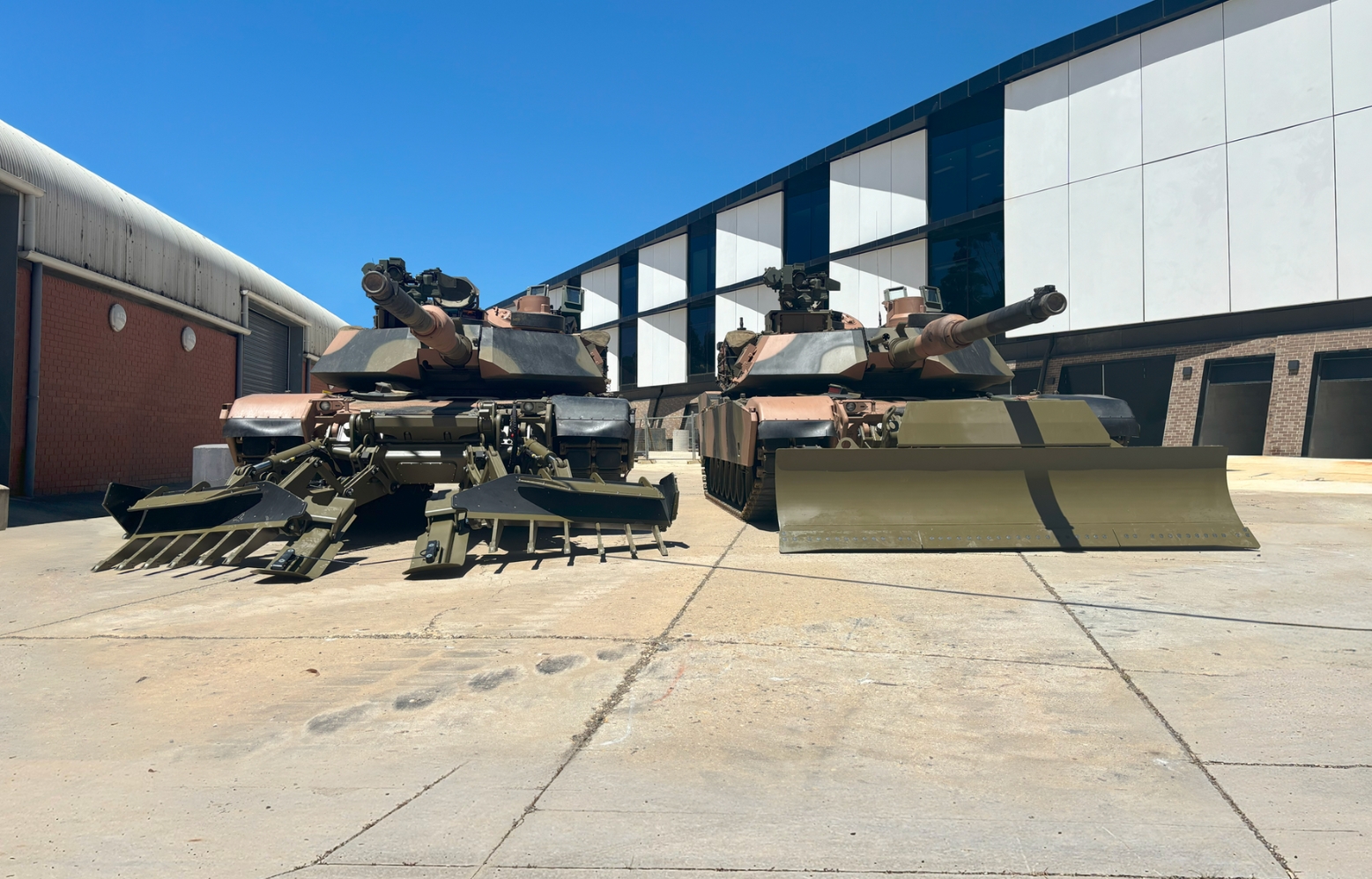Pearson Engineering to supply engineering kits for Polish M1A2s
The UK’s Pearson Engineering has been contracted to supply engineering capability kits to equip the M1A2 SEP v3 Abrams main battle tanks being delivered to Poland in 2025, according to an 11th March company press release.
The contract, which came through the US Foreign Military Sales (FMS) programme, includes the production and delivery of 99 SLICE kits, which have been developed by Pearson to be fitted to the front of an armoured vehicle, allowing the crew to swap engineering payloads with relative ease. It includes the Track Width Mine Plough and Combat Dozer Blades from Pearson Engineering, providing mine clearance to the width of the vehicle’s tracks and a dozer capability that can be used to move obstacles or prepare defensive positions respectively
Specialised engineering vehicles, though valuable, are limited in number and availability, forcing military commanders to prioritize their use based on what’s accessible rather than optimal tactical needs. Equipping fighting vehicles with independent mobility, counter-mobility, and survivability features allows commanders to overcome this limitation, the Pearson press release explained. This approach – fitting kits to combat vehicles – grants greater flexibility, enabling forces to manoeuvre more effectively and counter enemy actions, regardless of the immediate presence of dedicated engineering assets.
“Agility and flexibility is key when undertaking land manoeuvre operations. By enabling interoperability of front end equipment via SLICE, we hope that armed forces can deliver an overall improved engineering effect that provides the battle winning advantage,” Richard Beatson, Business Development Manager at Pearson Engineering said.
Defence brief: The FMS programme
The FMS programme is the US government’s method for selling defense equipment, services, and training to international partners and organisations. Managed by the Defense Security Cooperation Agency (DSCA), FMS utilizes the Department of Defense’s acquisition system to procure items on behalf of foreign buyers. This program operates at no cost to US taxpayers, as it is funded through administrative charges applied to the foreign purchasers.
Calibre comment
The availability of dedicated engineering vehicles has always been a fragility within western forces, even during the Cold War when NATO forces were supposedly better prepared for a major confrontation. Many Soviet vehicles were fitted with a basic dozer blade capability as standard, which at least allowed each tank to prepare a limited berm or defensive position. Poland is buying 366 M1 Abrams tanks, so the 99 kits supplied by Pearson suggest that one in three will be, or could be, fitted with some form of engineering capability. This is just as well, as neither of the FMS requests include engineering capabilities leaving the Polish Army reliant upon its stock of Bergpanzers and Soviet-era engineering vehicles.
Engineering assets become a real bottleneck in preparing vehicle hides and digging command posts into the ground to obscure and protect them. This type of task can take up to 24 hours for a small number of vehicles even when properly resourced by engineering vehicles. The ability to push through minefields is also key as dedicated engineering vehicles can easily be marked out as a priority for defenders, as demonstrated during Ukraine’s 2023 offensives. Having tanks with the ability to advance through minefields under their own power to some extent does provide greater resilience within a formation and provide the commander with more tactical options rather than waiting for engineering vehicles to become available.

Sign Up for Updates!
Get insider news, tips, and updates. No spam, just the good stuff!





